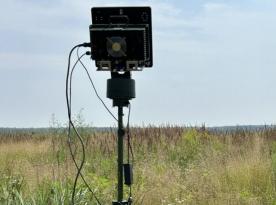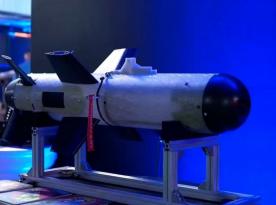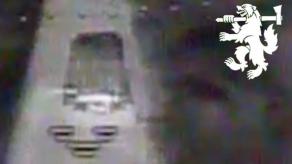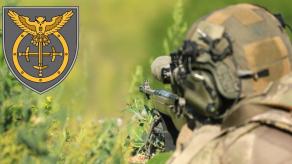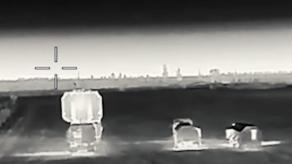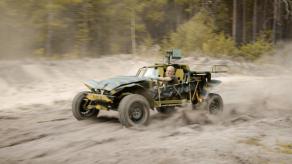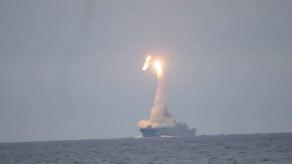At the IDEF-2025 defense exhibition, Turkish defense company Roketsan unveiled its LG-155, a 155mm artillery round equipped with semi-active laser guidance. According to the manufacturer, the munition has already completed testing and is now being prepared for serial production.
The shell weighs 55 kilograms, with 22 kilograms allocated to the warhead. It is capable of engaging targets at ranges from 7 to 25 kilometers, with a reported circular error probable (CEP) of less than five meters.
Read more: Once Promised to Ukraine, DragonFire Combat Laser Needs Two More Years and €1.2 Bln to Enter Production
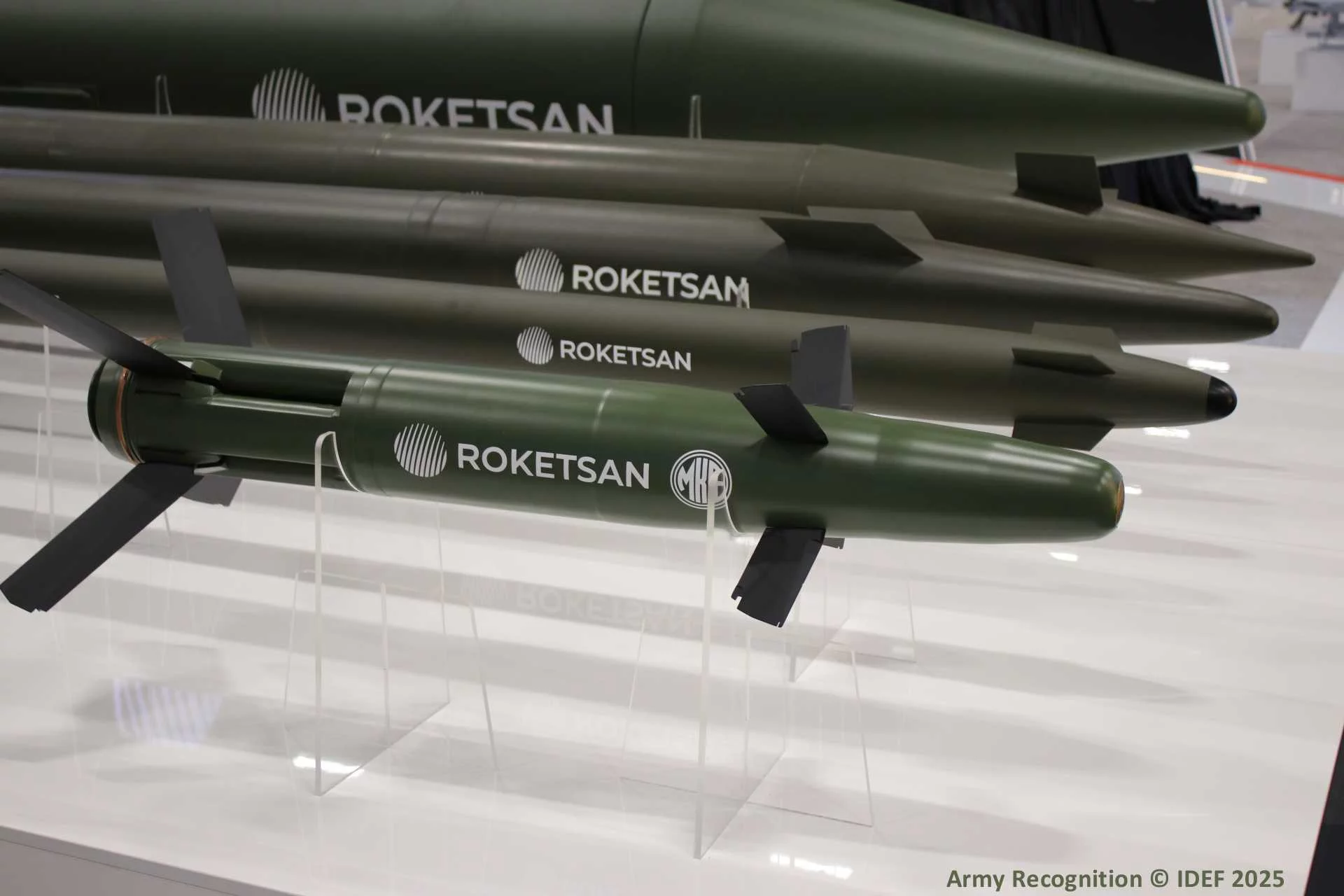
This high level of accuracy is achieved through a combination of inertial navigation during flight and terminal laser guidance. The laser designation can be provided by ground forces, manned platforms, or unmanned aerial vehicles (UAVs).
While semi-active laser-guided artillery shells were previously seen as obsolete, the emergence of drone warfare has revived their relevance. russia, for instance, has used its domestically produced Krasnopol laser-guided shells throughout the current war.
Ukraine’s Defense Forces, in turn, have employed American M712 Copperhead rounds, though these are no longer in production and available only in limited quantities. This makes the prospect of acquiring a modern alternative especially timely.
That said, the LG-155 comes with limitations. Its maximum range of 25 kilometers, though an improvement over the Copperhead’s 16 kilometers, still requires artillery units to operate relatively close to the front lines, exposing them to greater risk.
Other precision-guided weapons, such as Hellfire missiles or loitering munitions, are already in active use for high-precision strikes. Their launch platforms are also far more mobile.
However, battlefield effectiveness today is not determined solely by precision or mobility. Specialized missiles are often prohibitively expensive, and drones or GPS-guided munitions can miss due to the effects of electronic warfare (EW).
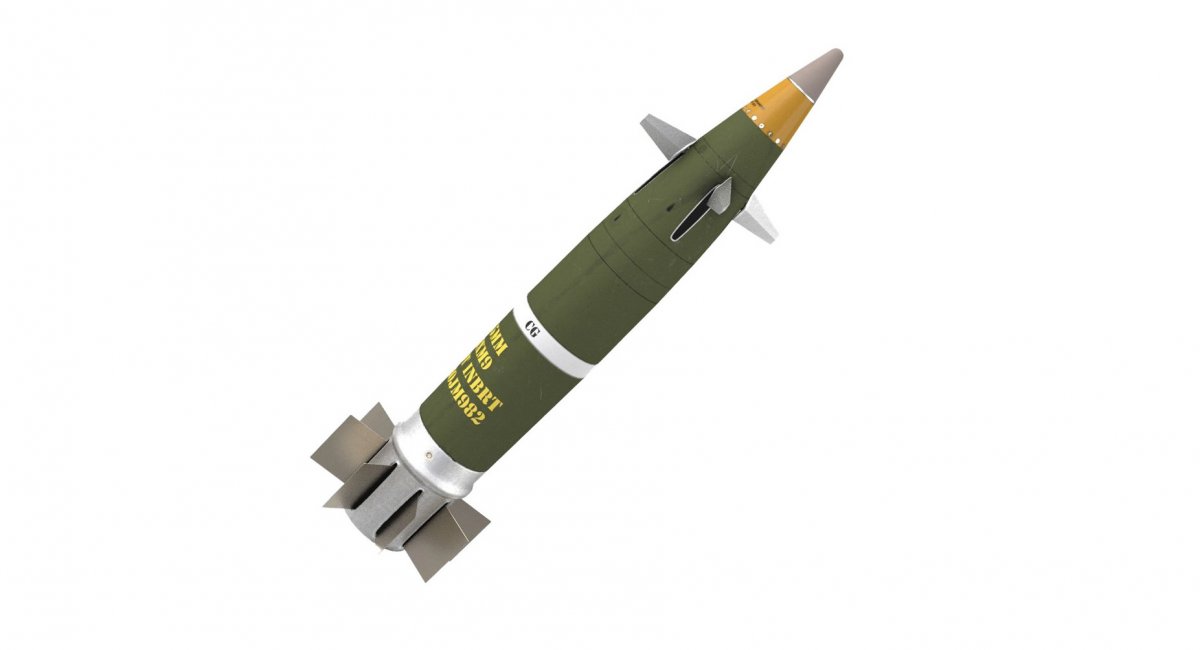
In this environment, the ability of artillery units to hit targets precisely, using laser designation from reconnaissance UAVs, offers significant tactical value. If mass-produced efficiently, such shells could also be substantially cheaper than most modern guided missiles.
Despite its limitations, the LG-155 (or a comparable round) could prove to be a valuable addition to Ukraine’s arsenal, especially if its range can be extended. Ukrainian defense enterprises have previously explored similar technologies, but those efforts have not yet resulted in operational systems.
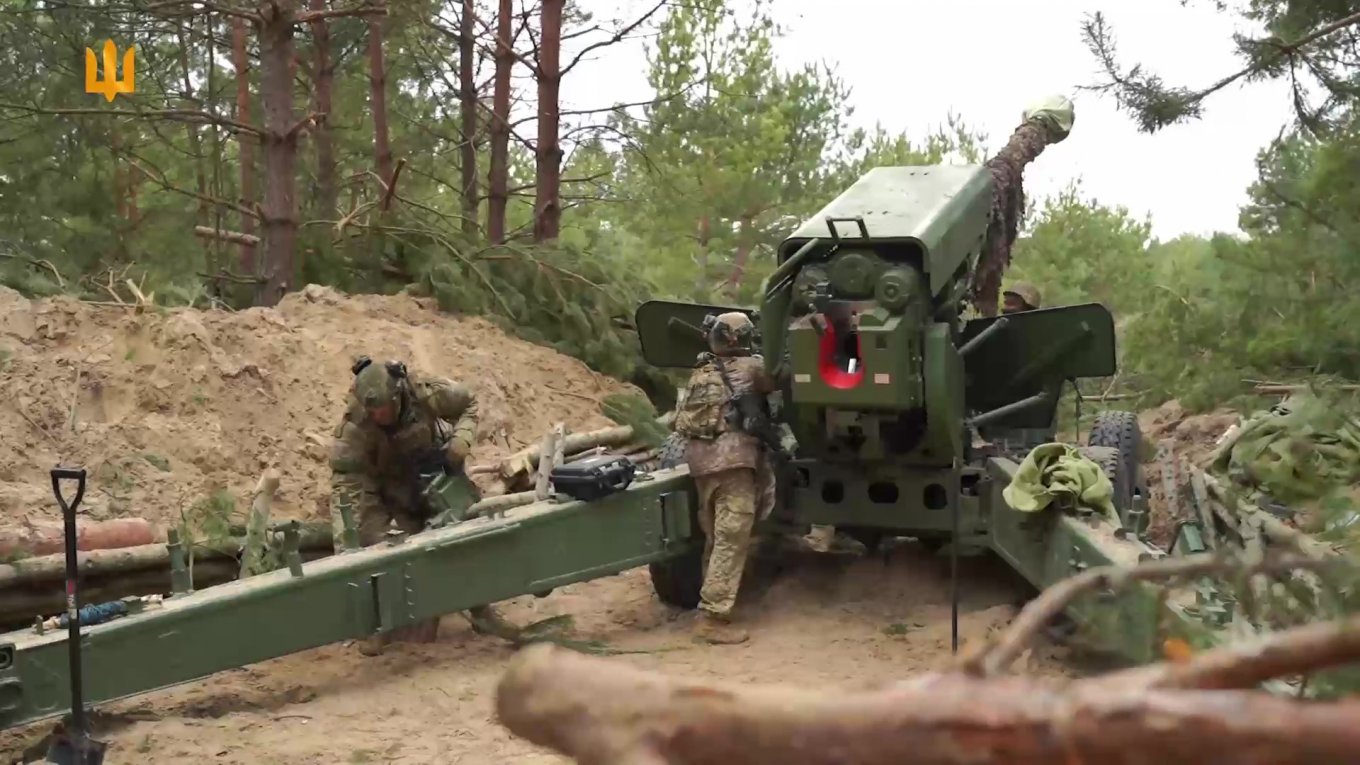
The Turkish munition is of particular interest because there are currently very few laser-guided artillery shells available on the global market. While M712 Copperhead rounds occasionally surface, they are mere remnants from Cold War-era stockpiles.
Given that Ukraine is already manufacturing artillery shell casings in all calibers, it may be worth considering the development of a guided munition of its own. However, budgetary and technological constraints may leave imported options as the more realistic path forward.
Read more: Air Defense Innovation: Ukraine Explores Experimental Use of Light Aircraft, Drones and Laser Weapons





